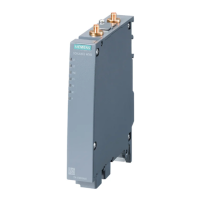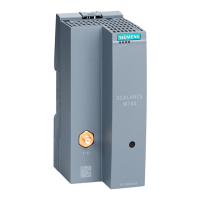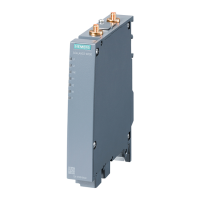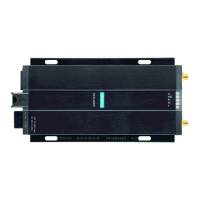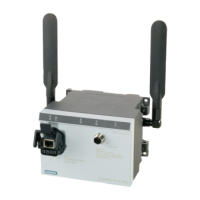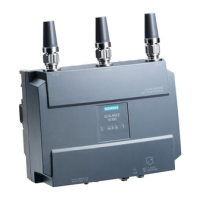Description
2.4 IEEE 802.11n
SCALANCE W780/W740 to IEEE 802.11n Web Based Management
Configuration Manual, 08/2018, C79000-G8976-C267-13
29
MIMO (Multiple Input - Multiple Output) is based on an intelligent multiple antenna system.
The transmitter and the receiver have several spatially separate antennas. The spatially
separate antennas transmit the data streams at the same time. Up to four data streams are
possible. The data streams are transmitted over spatially separate paths and return over
different paths due to diffraction, refraction, fading and reflection (multipath propagation).
The multipath propagation means that at the point of reception a complex, space- and time-
dependent pattern results as a total signal made up of the individual signals sent. MIMO
uses this unique pattern by detecting the spatial position of characteristic signals. Here, each
spatial position is different from the neighboring position. By characterizing the individual
senders, the recipient is capable of separating several signals from each other.
Maximum ratio combining (MRC)
In a multiple antenna system, the wireless signals are received by the individual antennas
and combined to form one signal. The MRC method is used to combine the wireless signals.
The MRC method weights the wireless signals according to their signal-to-noise ratio and
combines the wireless signals to form one signal. The signal-to-noise ratio is improved and
the error rate is reduced.
With spatial multiplexing, different information is sent using the same frequency. The data
stream is distributed over n transmitting antennas; in other words, each antenna sends only
1/n of the data stream. The division of the data stream is restricted by the number of
antennas. At the receiver end, the signal is reconstructed.
Due to the spatial multiplexing, there is a higher signal-to-noise ratio and a higher data
throughput.

